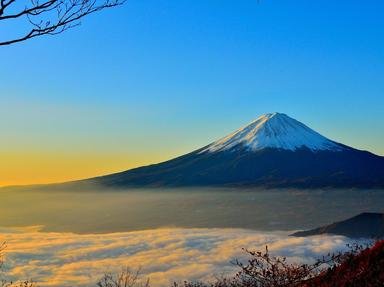
Wagyu for Me Trivia Quiz
Icons of Japan
Wagyu beef is highly revered in Japan and, as a consequence leads off this quiz. Coming along for the ride are other aspects of Japanese life that are also revered and form a strong part of the fabric of Japanese culture.
A classification quiz
by pollucci19.
Estimated time: 3 mins.